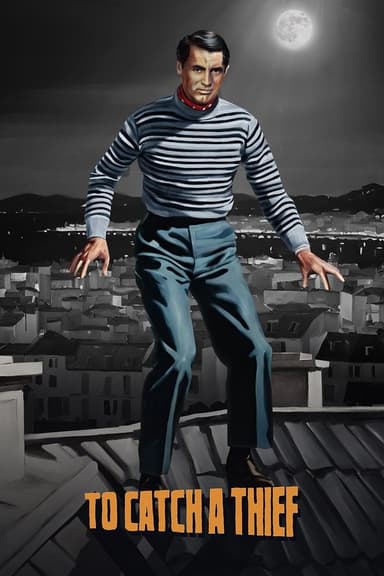
The Hot Rock
1972 • Comedy, Crime • PG
Dortmunder and his pals plan to steal a huge diamond from a museum. But this turns out to be only the first time they have to steal it...
Runtime: 1h 41m
Why you should read the novel
If you enjoy clever heist stories with a dose of comedy, Donald E. Westlake’s novel 'The Hot Rock' is an absolute must-read. The book brings together a unique, eclectic crew for multiple failed attempts at stealing a priceless diamond, delivering both suspense and laughs in equal measure. Westlake’s narrative provides a deeper look into each character’s motivations and inner thoughts, making their misadventures much more engaging and personal than what any film adaptation can provide.
Unlike watching the movie, reading 'The Hot Rock' immerses you completely in John Dortmunder’s wry worldview. Westlake’s prose is sharp and laden with subtle humor, allowing readers to savor every miscalculated move and witty exchange. The book’s detailed planning and the ensemble’s evolving dynamics leap from the page, keeping you invested in twists that might fly by too quickly on screen.
For anyone seeking more than just a lighthearted crime story, the novel rewards your curiosity with layers of social satire and psychological insight. Westlake’s nuanced storytelling creates a more intimate connection with the quirky gang, making every mishap and setback resonate—encouraging both laughter and empathy. Choose the novel for an immersive, richly textured heist experience that a 90-minute film can only hint at.
Adaptation differences
One major difference between the novel and the film adaptation of 'The Hot Rock' is the narrative voice and level of detail. The book delivers much of its humor and character development through Donald E. Westlake’s witty narration and insightful prose—giving readers direct access to Dortmunder’s anxious, sardonic inner thoughts. By contrast, the film relies more on visual gags, dialogue, and performances to portray the characters’ quirks and mishaps, which can make some of the deeper motivations and relationships feel more superficial.
Another difference lies in the pacing and focus of the story. The novel methodically details the intricacies of each heist attempt, building suspense around the planning, execution, and inevitable complications. In the film, some of these schemes are condensed or streamlined, leading to brisker, more comedic set pieces suited for cinema. As a result, certain subplots and minor characters are given less time and depth on screen than in the book.
Characterization also diverges between the two mediums. In the novel, the entire gang, and especially John Dortmunder, are rendered with deep psychological nuance. Their anxieties, flaws, and camaraderie come through gradually, helping readers understand their motivations and backgrounds. The film, primarily driven by performances and limited screentime, often amps up stereotypes for comedic effect, losing some of the complexity that Westlake imbues in his creations.
Finally, the tone of the story shifts subtly. While both versions are comedic, the novel’s humor is more understated and character-driven, with an undercurrent of existential resignation and dry wit. The film, on the other hand, plays up the farce with broader physical comedy and lighter atmosphere, sometimes sacrificing the darker and more ironic edges that characterize Westlake’s writing. This adjustment changes the experience from a tightly woven, character-centric satire into a more conventional, crowd-pleasing caper.
The Hot Rock inspired from
The Hot Rock
by Donald E. Westlake








